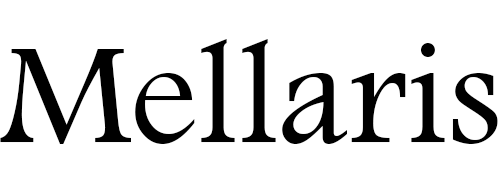
When you think of women’s workwear, it’s obvious to immediately think of classic pieces such as a suit or a dress. However, that has not always been the case! We have come very far in terms of what women are able to wear during work and daily life, to the point where we can have such a diverse wardrobe of garments right at their finger tips! In the Mellaris office we have been talking about the history of women’s workwear as well as how the trouser, which was once seen as something that only men could wear, has become a staple in everyone’s wardrobe.
During WWII, as men went off to fight, women became the forefront of manual labour. As new job opportunities grew, such as working in weapon factories, so did the demand for new uniforms tailored to the needs of a new customer - the woman. The traditional wear for a woman, including dresses and skirts, was no longer appropriate for manual activities and so their new found wardrobe included pants. Women during the war were able to wear overalls or separates and women working in the office were able to wear the utility suit (victory suit in the US.) It also became the fashion where women were also able to ‘dress-up’ their suits if they were going out to dinner or to the theatre.
The Chanel Suit:
One of the most iconic designer of all time was considerably inspired by men’s clothing and therefore championed a more androgynous look was, Gabrielle Chanel. The notable Chanel suit was crafted in 1925, allowing more movement the suit catered to ‘daring’ women who no longer wishes to be constrained by the traditional garments of the time and so suited their more active and lavish lifestyles. Even though women weren’t necessarily wearing this particular suit to work, it was still vastly different from the attire that had been so popular before and starting point for masculine/tailoring inspired garments becoming fashionable for women.
Women like Marlene Dietrich, Katharine Hepburn and Josephine Baker were some of the most well-known women who were wearing trousers as a bold statement. Suits for women was so different for its time that these stars were often viewed as daring and shocking for favouring such attire. Marlene Dietrick, in particular, was infamous for her masculine style and noted now completely ahead of her time for appreciating the iconic power a woman in a suit possesses.

'Le Smoking'
In 1966, the designer Yves Saint Laurent created the ‘Le Smoking’ look; a tuxedo that is typically associated with masculinity. The striking affect of the ‘Le Smoking' tuxedo style continues to have a timeless impact on fashion designers, as even today collections still pull reference from it. Although, originally the suit was not a hit, it became more popular during the 70’s when power dressing evolved into a trendy staple look.

Power Dressing:
During the 1970/80’s, women began wearing trousers as a not only a fashion statement but a statement for equality. As power dressing became the ‘it’ look of the time, as more and more women were entering working environments, suits and pant suits really became a staple within every woman’s wardrobe. The suits that were available for women were designed to incorporate masculine elements to them, such as a boxy fit and shoulder pads to mimic the male silhouette, allowed women to enhance their assertiveness and authority in the work place and enabled men to accept them as equals. This trend was particularly fed to the masses through media outlets and in particular on TV shows like Dallas and Dynasty.

In today’s society, it’s more likely you’ll see the working woman choosing to wear what she wants! As the modern woman’s style continues to grow and welcome our individuality, the new dress code equals confidence. We’re all out here dressing for ourselves, whether that means comfort shoe Wednesday’s or wearing your brand new self-confidence boosting blazer, we love that we are all doing our own thing!



0 comentarios